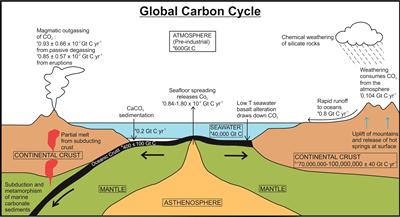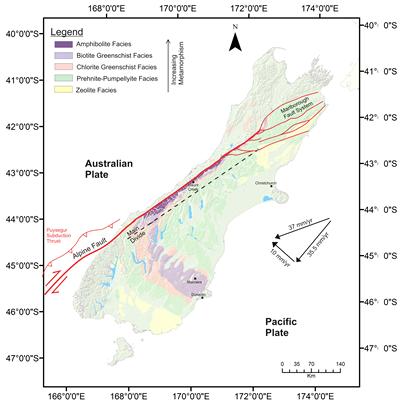Research project: Mountains Metamorphism and Element Mobility
Silicate weathering results in the drawdown of atmospheric CO2 on long timescales, and is a key control on the global carbon budget. However, the links between silicate weathering, the carbon cycle and climate change are complex and poorly constrained. Importantly, more data are needed to better understand the factors that control silicate weathering rates. Our goal is to use a range of samples (hot springs, rivers and rocks) from the South Island of New Zealand to better constrain the weathering regime in a region of rapid uplift.

